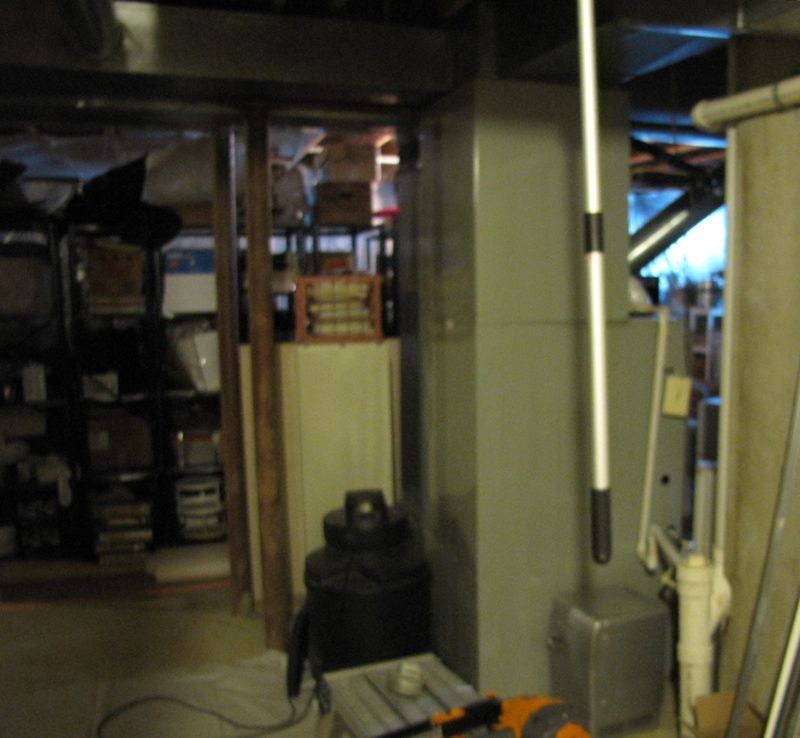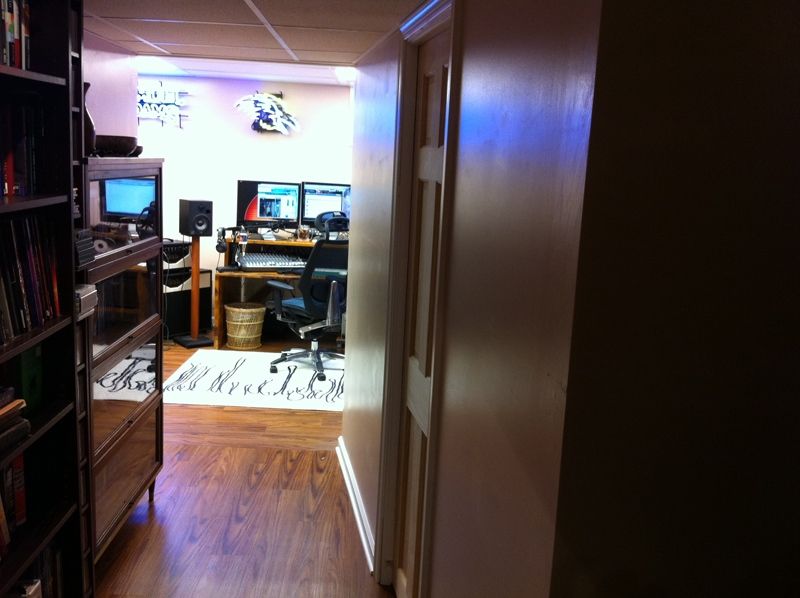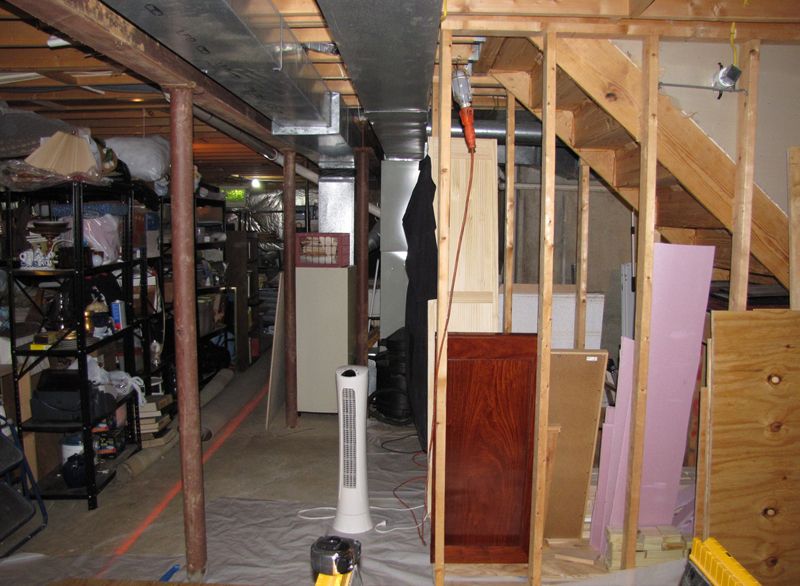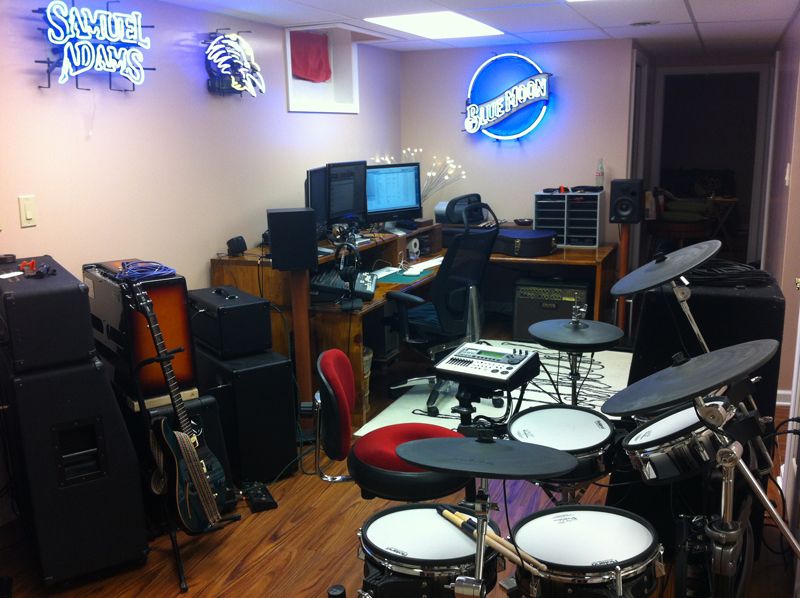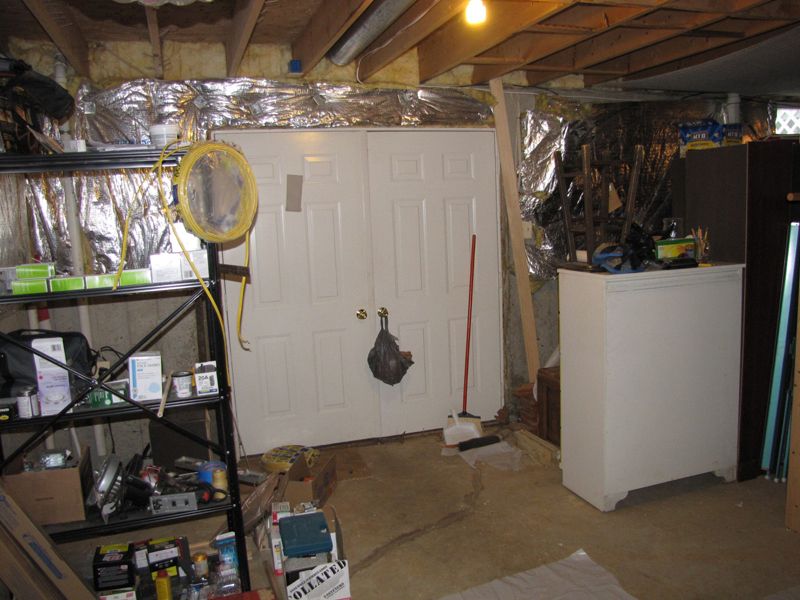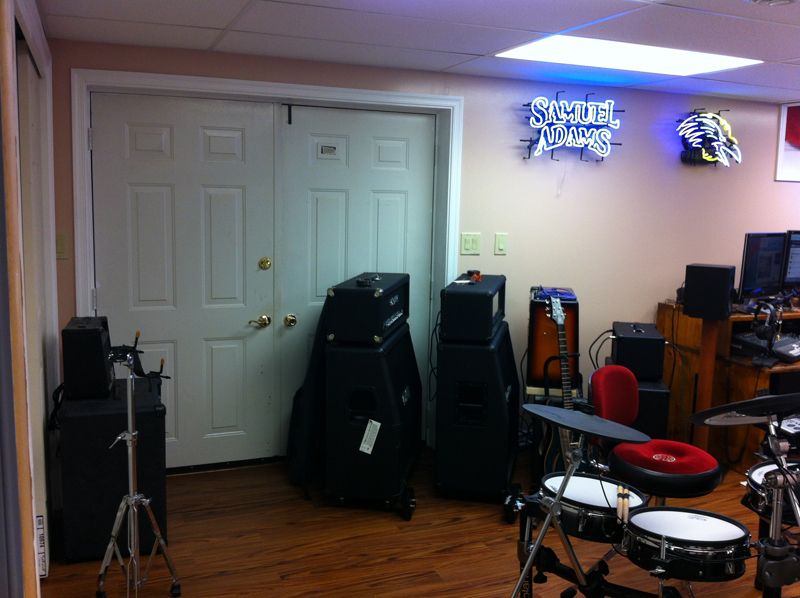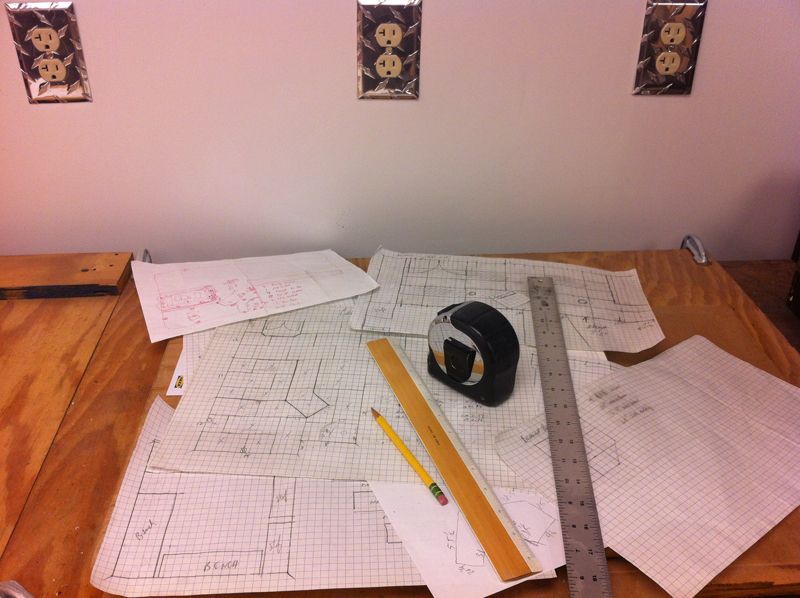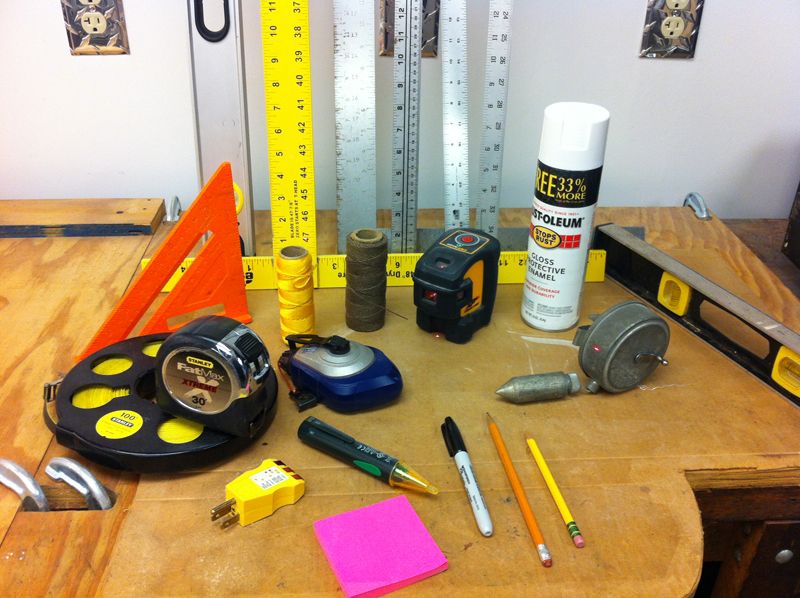Measure and mark...
My main measuring tool was a 30' Lufkin rule. For longer bits, where I was planning hallways and general room locations, I used a 100' tape. But the Lufkin was the workhorse here.
I used the plumbob in the near right for
one wall before I realized how much it would slow me down and bought the 3 axis laser level in the center of the pic. I ended up using it for the layout of almost everything in the basement from the walls to the ceilings to the shelves in the closet. Simply indispensable.
Also indispensable: levels, steel rules, framing square, speed square, chalk line, drywall T square, surveyor's string, telephone twine, voltage sensor and outlet tester. The telephone twine has a sticky wax coating which lets you secure a line just by wrapping a couple turns around a nail ore something - no knot needed - thus speedy and un-doable. It does tend to get interesting when discovered by a long-haired cat as the larger cat and I found out. It only took an hour to free him....
And of course marking things like pencils, Sharpies and paint and Post-Its.
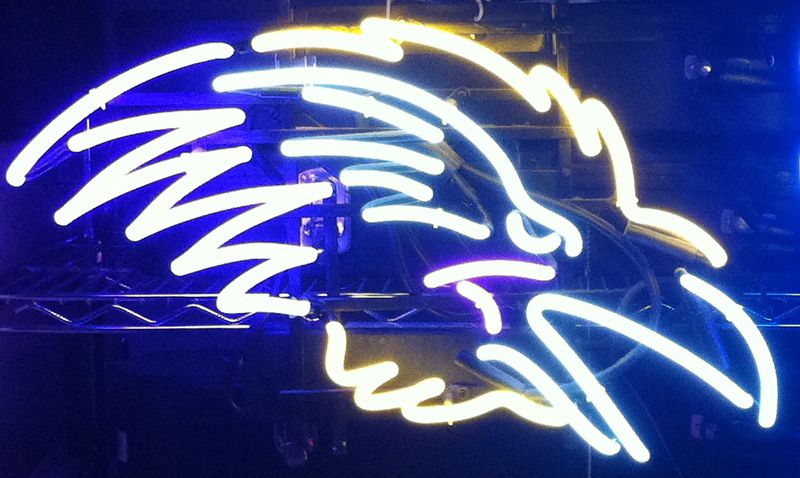
I thought that might your attention, Shawn!

